Kernel Function-Based Inverting Algorithm for Structure Parameters of Horizontal Multilayer Soil
Abstract
1. Introduction
2. Apparent Soil Resistivity
2.1. Measurement of Apparent Soil Resistivity Using the Wenner Method
2.2. Theoretical Apparent Soil Resistivity Calculation
3. Inversion of the Kernel Function
3.1. Inversion of the Kernel Function Using Apparent Soil Resistivity
3.2. Linearization
4. Inversion of Soil Parameters Using Kernel Function Characteristics
5. Numerical Examples
5.1. Kernel Function Estimation Using Apparent Soil Resistivity
5.1.1. Two-Layer Soil Structure
5.1.2. Four-Layer Soil Structure
5.2. Inversion of Soil Parameter Using Kernel Function Characteristics
6. Conclusions
Author Contributions
Funding
Conflicts of Interest
References
- Karnas, G.; Maslowski, G.; Ziemba, R.; Wyderka, S. Influence of different multilayer soil models of grounding system resistance. In Proceedings of the International Conference on Lightning Protection (ICLP), Vienna, Austria, 2–7 September 2012. [Google Scholar]
- Dawalibi, F.; Blattner, C.J. Earth resistivity measurement interpretation techniques. IEEE Trans. Power Appar. Syst. 1984, 103, 374–382. [Google Scholar] [CrossRef]
- He, J.; Zeng, R.; Zhang, B. Methodology and Technology for Power System Grounding; John Wiley and Sons Ltd.: Singapore, 2013; pp. 86–89. [Google Scholar]
- Lee, J.P.; Ji, P.S.; Lim, J.Y.; Kim, S.S.; Ozdemir, A.; Singh, C. Earth parameter and equivalent resistivity estimation using ANN. In Proceedings of the IEEE Power Engineering Society General Meeting, San Francisco, CA, USA, 16 June 2005. [Google Scholar]
- Zhiqiang, H.; Bin, Z. Soil model’s inversion calculation based on genetic algorithm. In Proceedings of the 7th Asia-Pacific International Conference on Lightning, Chengdu, China, 1–4 November 2011. [Google Scholar]
- Dan, Y.; Zhang, Z.; Yin, J.; Yang, J.; Deng, J. Parameters estimation of horizontal multilayer soils using a heuristic algorithm. Electr. Power Syst. Res. 2022, 203, 1206–1231. [Google Scholar] [CrossRef]
- Zhang, B.; Cui, X.; Li, L.; He, J. Parameter estimation of horizontal multilayer earth by complex image method. IEEE Trans. Power Deliv. 2005, 20, 1394–1401. [Google Scholar] [CrossRef]
- Pereira, W.R.; Soares, M.G.; Neto, L.M. Horizontal multilayer soil parameter estimation through differential evolution. IEEE Trans. Power Deliv. 2016, 31, 622–629. [Google Scholar] [CrossRef]
- Zou, J.; Zhang, B.; Du, X.; Lee, J.; Ju, M. High-efficient evaluation of the lightning electromagnetic radiation over a horizontally multilayered conducting ground with a new complex integration path. IEEE Trans. Electromagn. Compat. 2014, 56, 659–667. [Google Scholar] [CrossRef]
- Coelho, R.R.A.; Pereira, A.E.C.; Neto, L.M. A High-performance multilayer earth parameter estimation rooted in Chebyshev polynomials. IEEE Trans. Power Deliv. 2018, 33, 1054–1061. [Google Scholar] [CrossRef]
- Yang, J.; Zou, J. Parameter estimation of a horizontally multilayered soil with a fast evaluation of the apparent resistivity and its derivatives. IEEE Access 2020, 8, 52652–52662. [Google Scholar] [CrossRef]
- Seedher, H.R.; Arora, J.K. Estimation of two layer soil parameters using finite Wenner resistivity expressions. IEEE Trans. Power Deliv. 1992, 7, 1213–1217. [Google Scholar] [CrossRef]
- Takahashi, T.; Kawase, T. Analysis of apparent resistivity in a multi-layer earth structure. IEEE Trans. Power Deliv. 1990, 5, 604–612. [Google Scholar] [CrossRef]
- Zou, J.; He, J.L.; Zeng, R.; Sun, W.M.; Yu, G.; Chen, S.M. Two-stage algorithm for inverting structure parameters of the horizontal multilayer soil. IEEE Trans. Magn. 2004, 40, 1136–1139. [Google Scholar] [CrossRef]
- Islam, T.; Chik, Z.; Mustafa, M.M.; Sanusi, H. Estimation of soil electrical properties in a multilayer earth model with boundary element formulation. Math. Probl. Eng. 2012, 2012, 472457. [Google Scholar] [CrossRef]
- Ahmad, S.; Khan, T. Comparison of statistical inversion with iteratively regularized Gauss Newton method for image reconstruction in electrical impedance tomography. Appl. Math. Comput. 2019, 358, 436–448. [Google Scholar] [CrossRef]
- Hohage, T.; Munk, A. Iteratively regularized Gauss–Newton method for nonlinear inverse problems with random noise. SIAM J. Numer. Anal. 2009, 47, 1827–1846. [Google Scholar]
- Dan, Y.; Zhang, Z.; Zhao, H.; Li, Y.; Ye, H.; Deng, J. A novel segmented sampling numerical calculation method for grounding parameters in horizontally multilayered soil. Int. J. Electr. Power Energy Syst. 2021, 126, 126–135. [Google Scholar] [CrossRef]
- Honarbakhsh, B.; Karami, H.; Sheshyekani, K. Direct characterization of grounding system wide-band input impedance. IEEE Trans. Electromagn. Compat. 2020, 63, 328–331. [Google Scholar] [CrossRef]
- Chapra, S.C. Applied Numerical Methods with MATLAB for Engineers and Scientists, 2nd ed.; McGraw-Hill: New York, NY, USA, 2008; pp. 270–276. [Google Scholar]


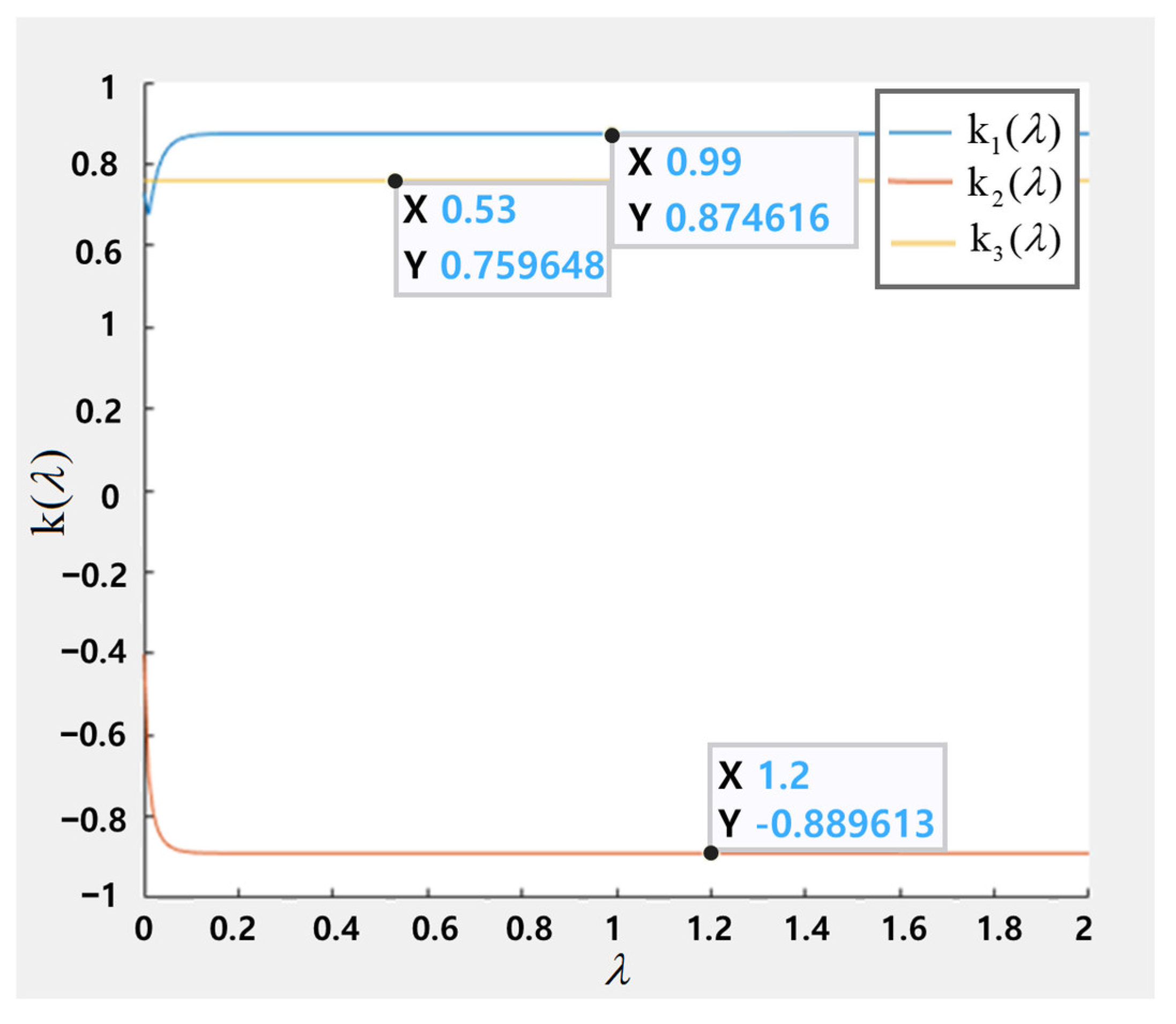
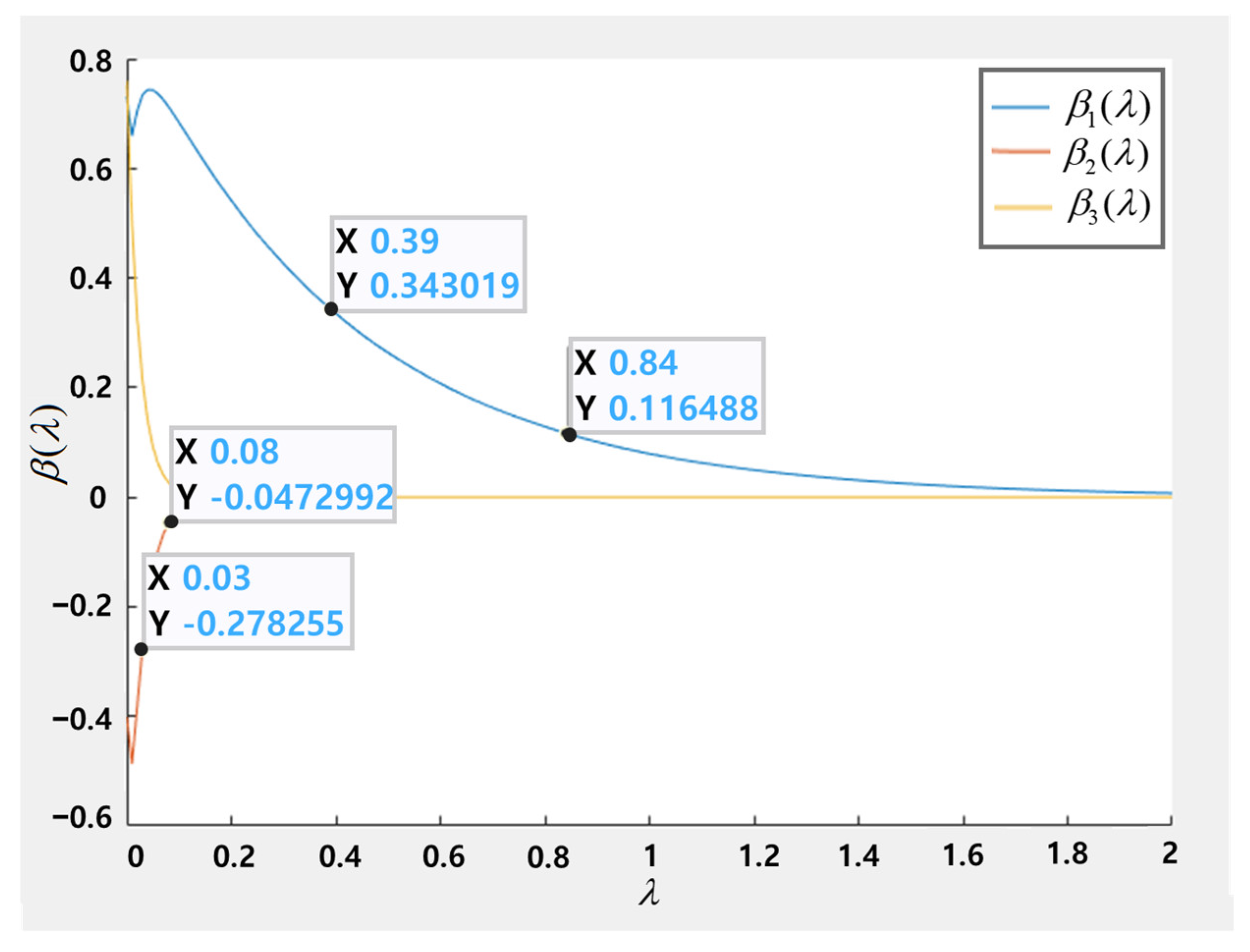
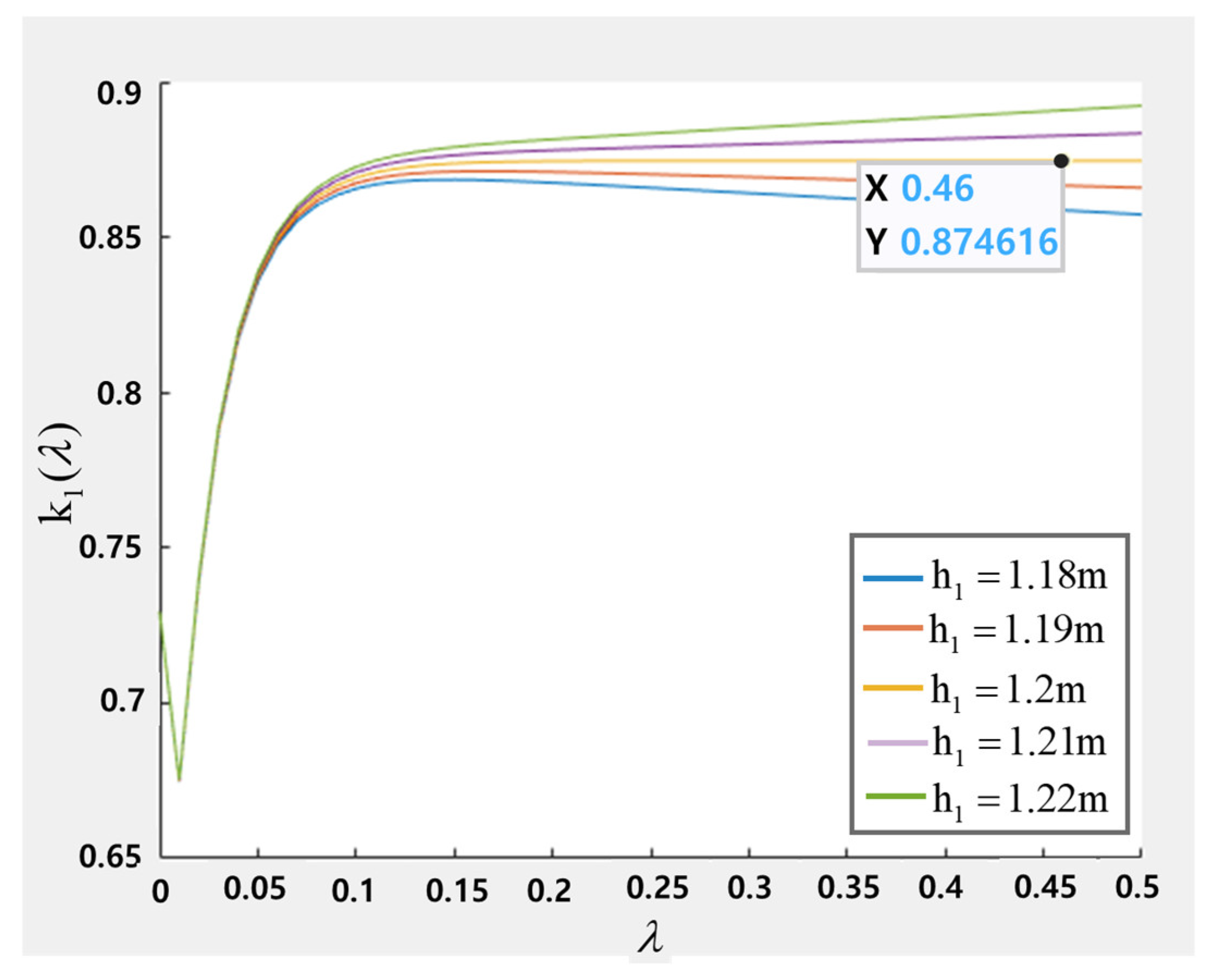

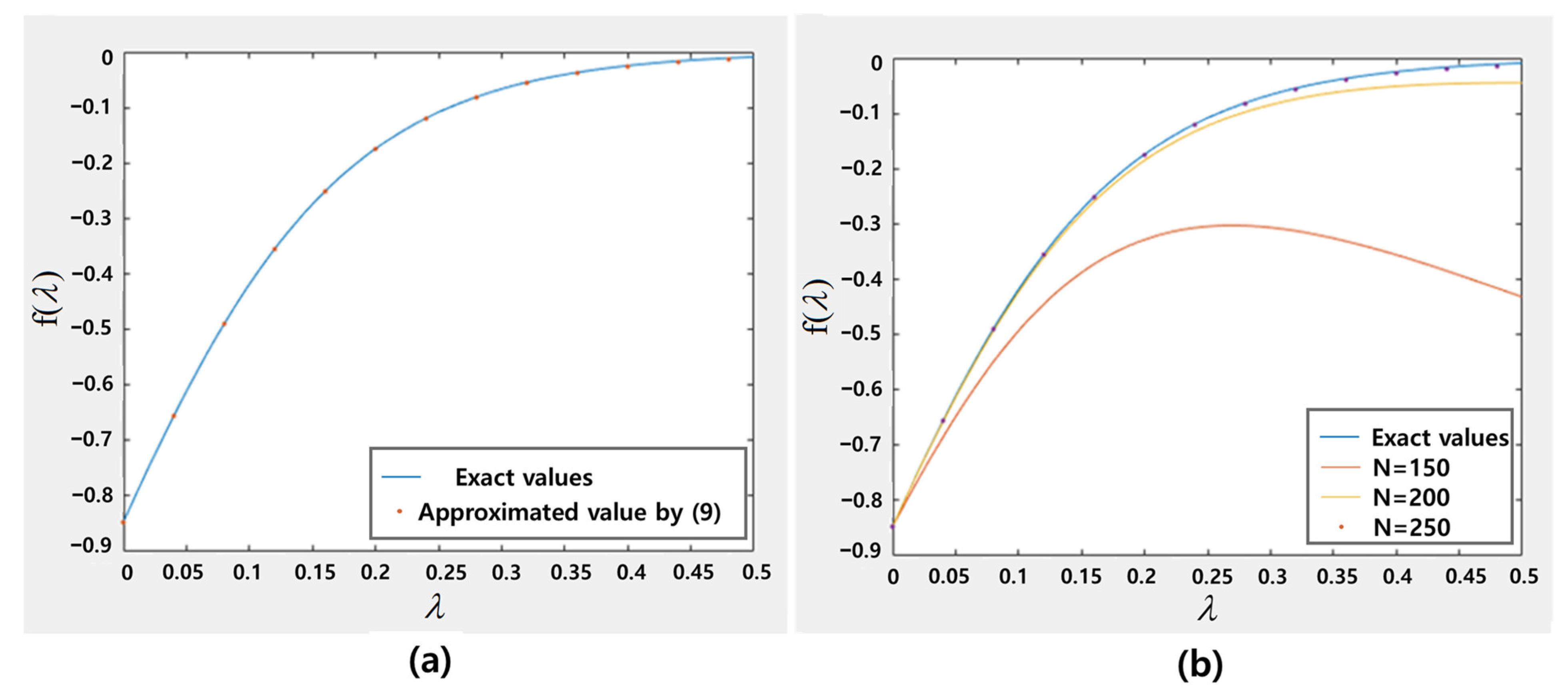

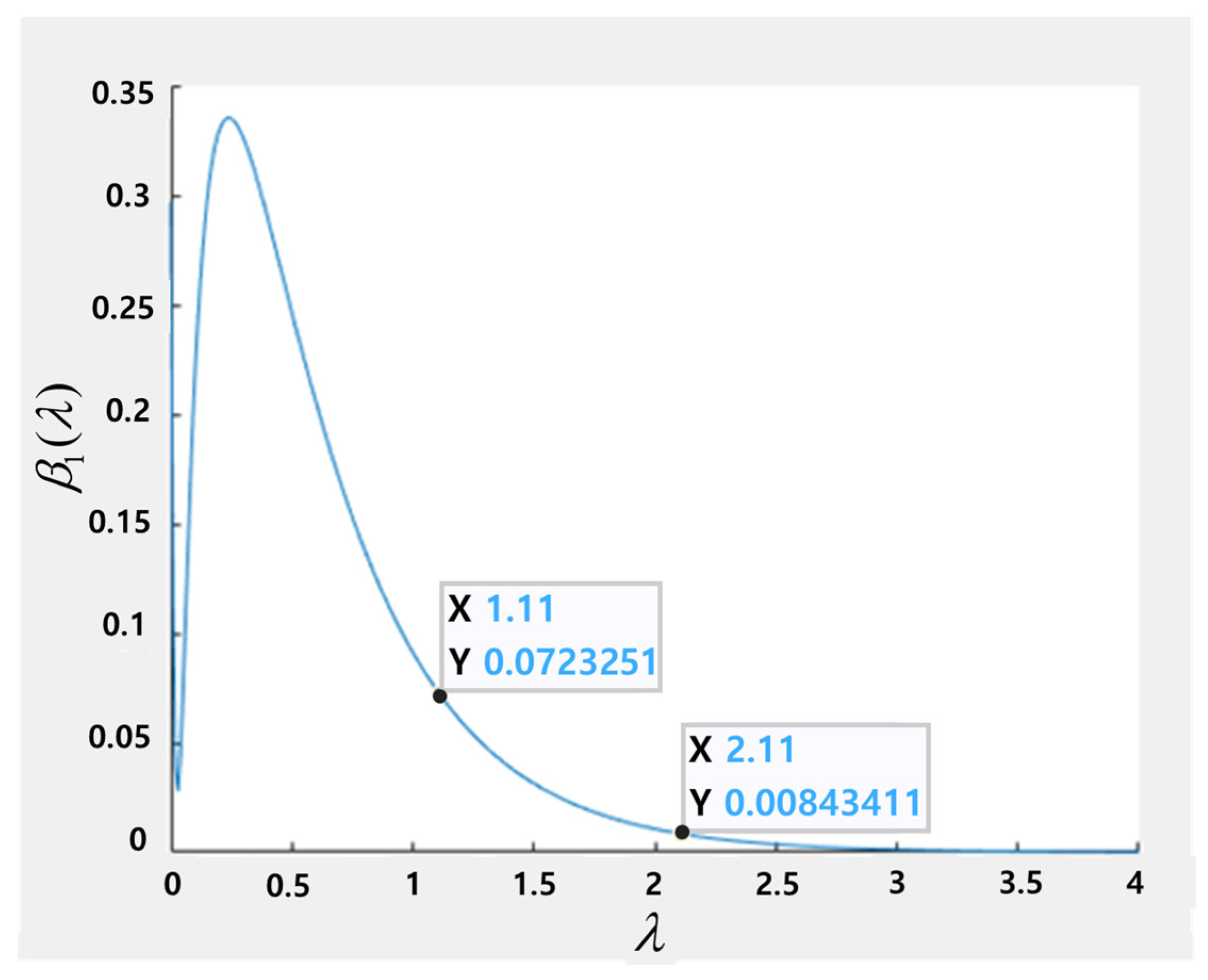


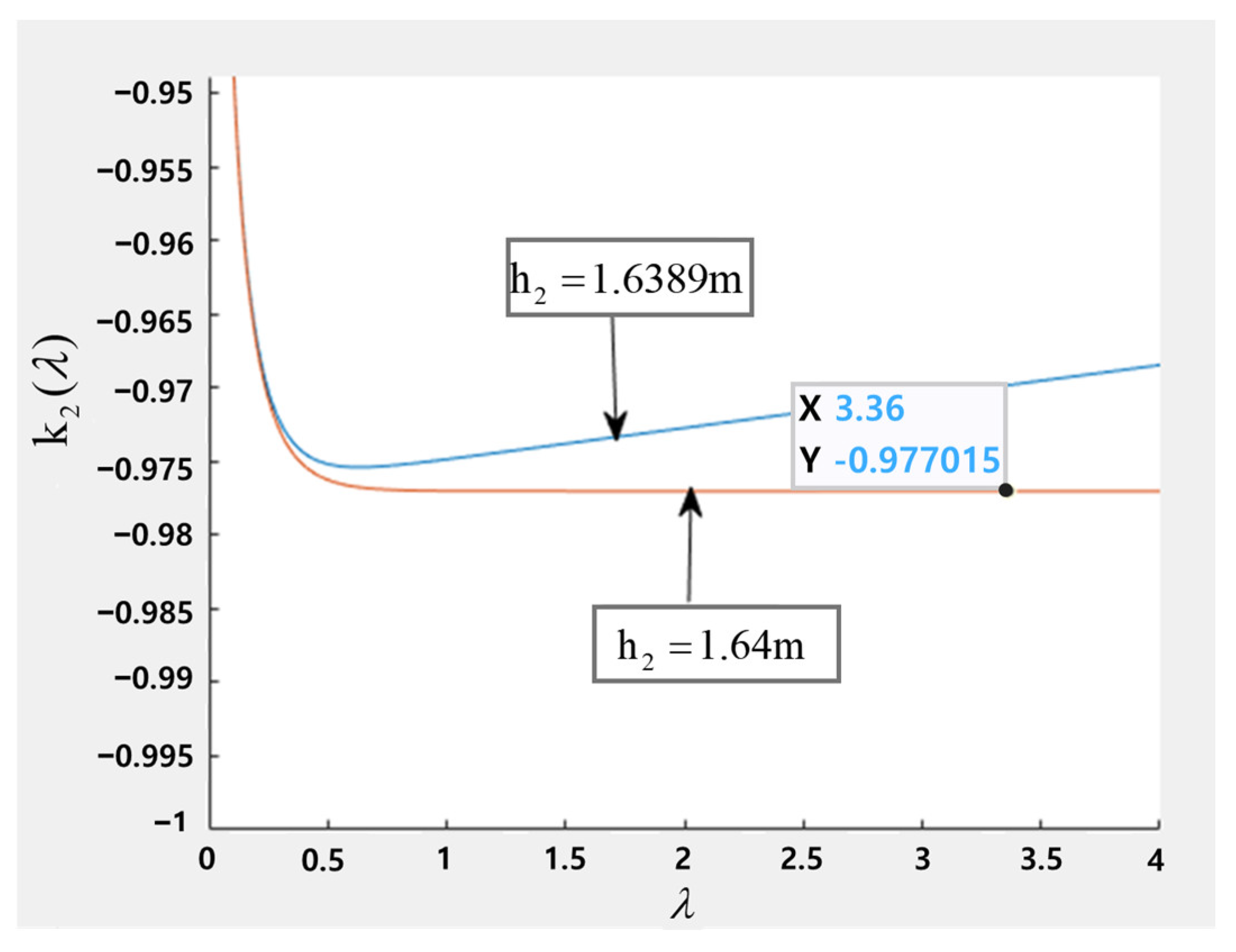


| ith Layer | ||
|---|---|---|
| 1 | 235.32 | 1.2 |
| 2 | 3518.28 | 18.3 |
| 3 | 205.53 | 21.06 |
| 4 | 1504.71 | ∞ |
| ith Layer | ||
|---|---|---|
| 1 | 132.9 | 5.1 |
| 2 | 20.4 | ∞ |
| 0.1 | 132.9 | 15 | 32.6 |
| 0.5 | 132.8 | 20 | 25.3 |
| 1 | 132.4 | 30 | 21.8 |
| 3 | 122.8 | 40 | 21.0 |
| 7 | 79.3 | 50 | 20.8 |
| 10 | 53.6 | 60 | 20.7 |
| ith Layer | ||
|---|---|---|
| 1 | 68 | 1.08 |
| 2 | 627.9 | 1.64 |
| 3 | 7.3 | 3.98 |
| 4 | 125.4 | ∞ |
| 0.1 | 68.0 | 6 | 292.4 |
| 0.5 | 71.9 | 10 | 350.1 |
| 0.7 | 77.3 | 12 | 359.7 |
| 1.4 | 109.7 | 14 | 359.3 |
| 2.3 | 157.6 | 17 | 348.3 |
| 3.0 | 191.0 | 20 | 329.6 |
| 4 | 232.0 | 30 | 258.1 |
Disclaimer/Publisher’s Note: The statements, opinions and data contained in all publications are solely those of the individual author(s) and contributor(s) and not of MDPI and/or the editor(s). MDPI and/or the editor(s) disclaim responsibility for any injury to people or property resulting from any ideas, methods, instructions or products referred to in the content. |
© 2023 by the authors. Licensee MDPI, Basel, Switzerland. This article is an open access article distributed under the terms and conditions of the Creative Commons Attribution (CC BY) license (https://creativecommons.org/licenses/by/4.0/).
Share and Cite
Kang, M.-J.; Boo, C.-J.; Han, B.-C.; Kim, H.-C. Kernel Function-Based Inverting Algorithm for Structure Parameters of Horizontal Multilayer Soil. Energies 2023, 16, 2078. https://doi.org/10.3390/en16042078
Kang M-J, Boo C-J, Han B-C, Kim H-C. Kernel Function-Based Inverting Algorithm for Structure Parameters of Horizontal Multilayer Soil. Energies. 2023; 16(4):2078. https://doi.org/10.3390/en16042078
Chicago/Turabian StyleKang, Min-Jae, Chang-Jin Boo, Byeong-Chan Han, and Ho-Chan Kim. 2023. "Kernel Function-Based Inverting Algorithm for Structure Parameters of Horizontal Multilayer Soil" Energies 16, no. 4: 2078. https://doi.org/10.3390/en16042078
APA StyleKang, M.-J., Boo, C.-J., Han, B.-C., & Kim, H.-C. (2023). Kernel Function-Based Inverting Algorithm for Structure Parameters of Horizontal Multilayer Soil. Energies, 16(4), 2078. https://doi.org/10.3390/en16042078






